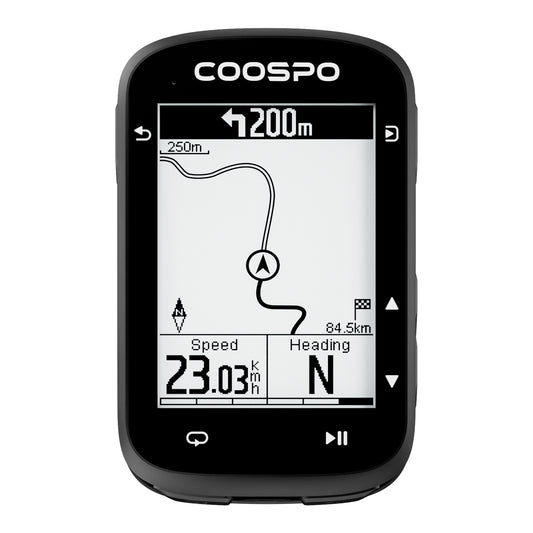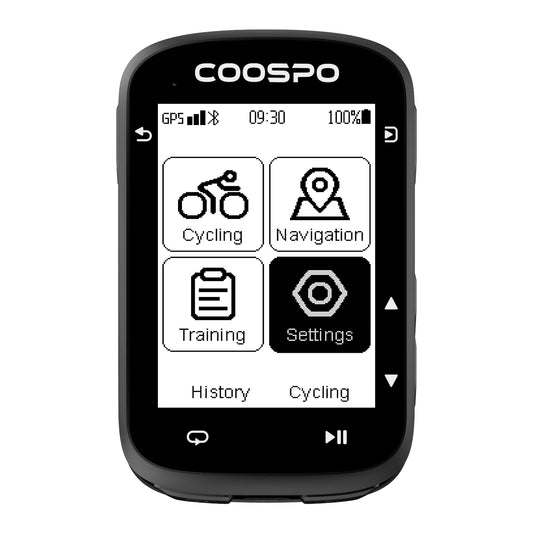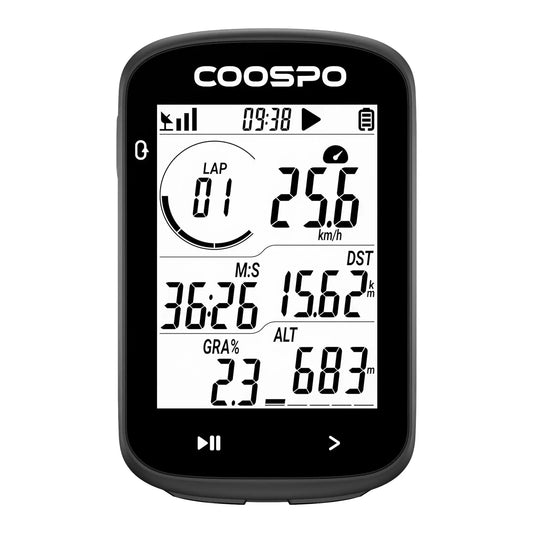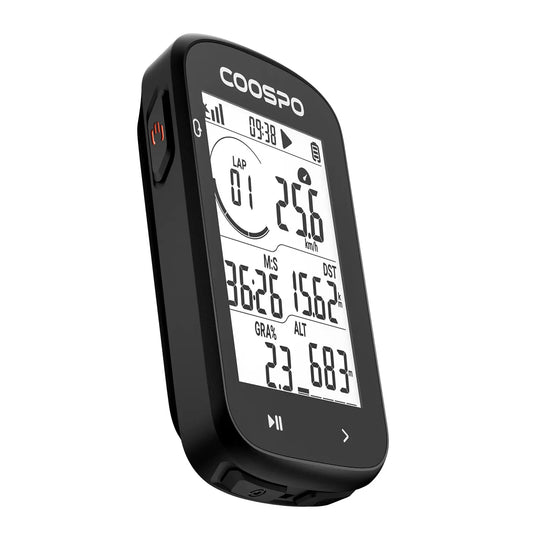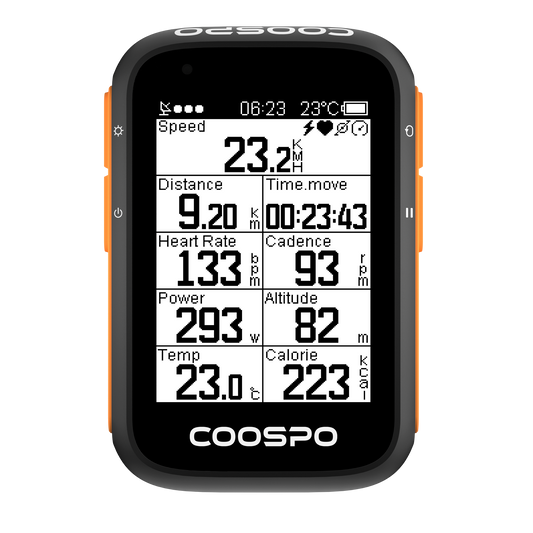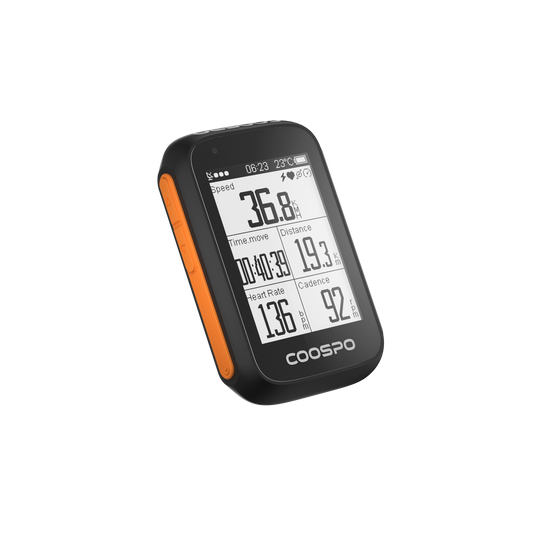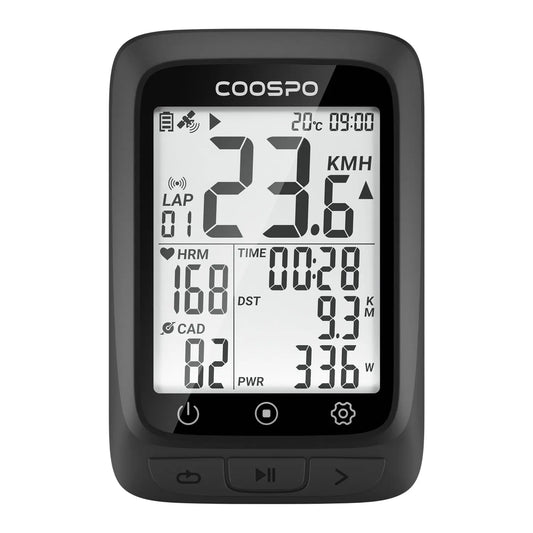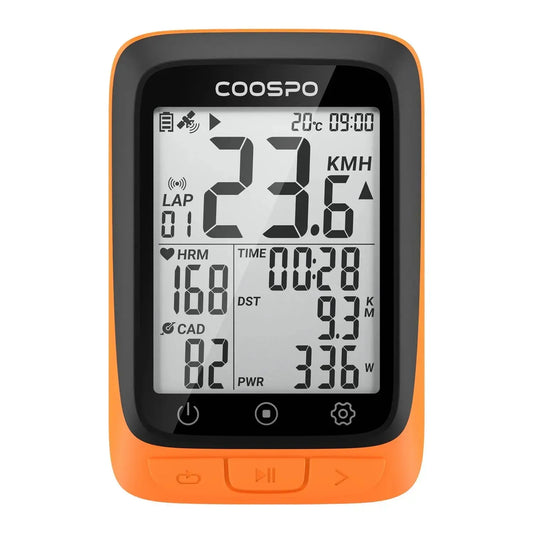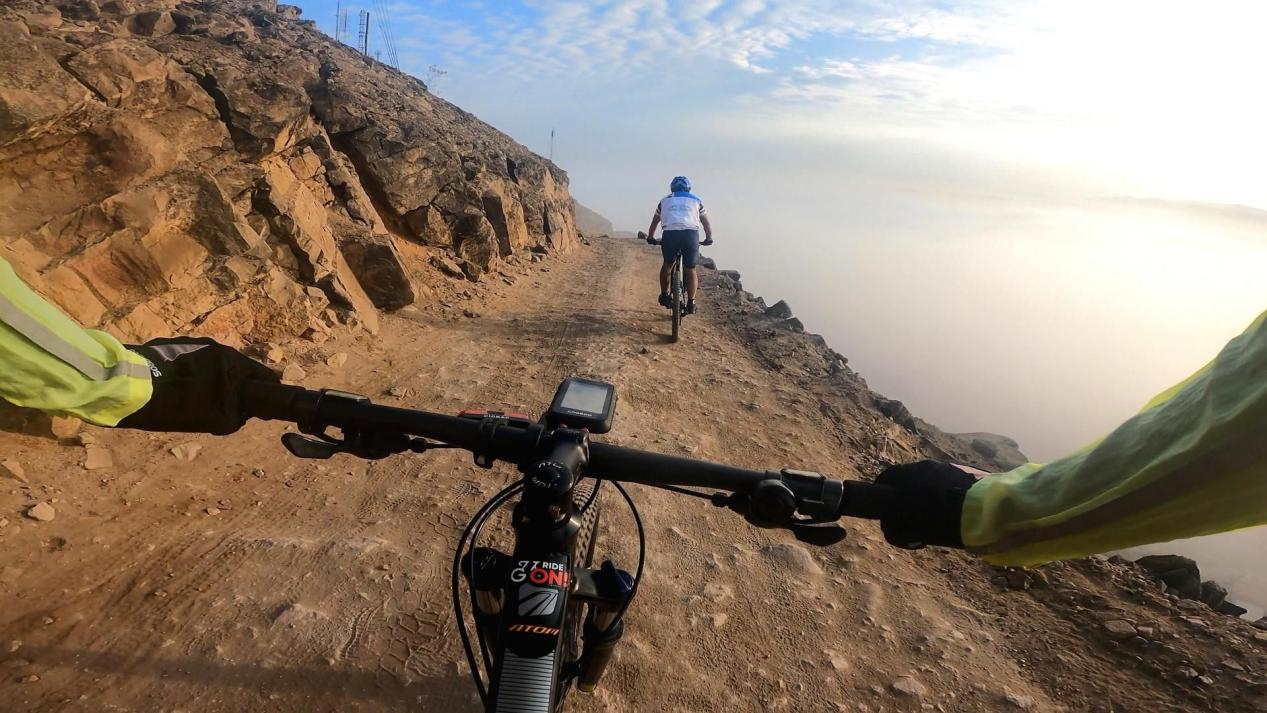AI in Running: Friend or Foe for Your Training?
Artificial Intelligence (AI) is becoming more common in many parts of our daily lives, and fitness is one area where this is happening a lot. This is a popular topic right now.
There are many ways to use AI for training, especially for runners. While some runners believe there are still limits to what AI can do for us, it's important not to dismiss it completely. It's wise to approach it with caution and a bit of skepticism since this technology is still new and chatbots can often make errors.
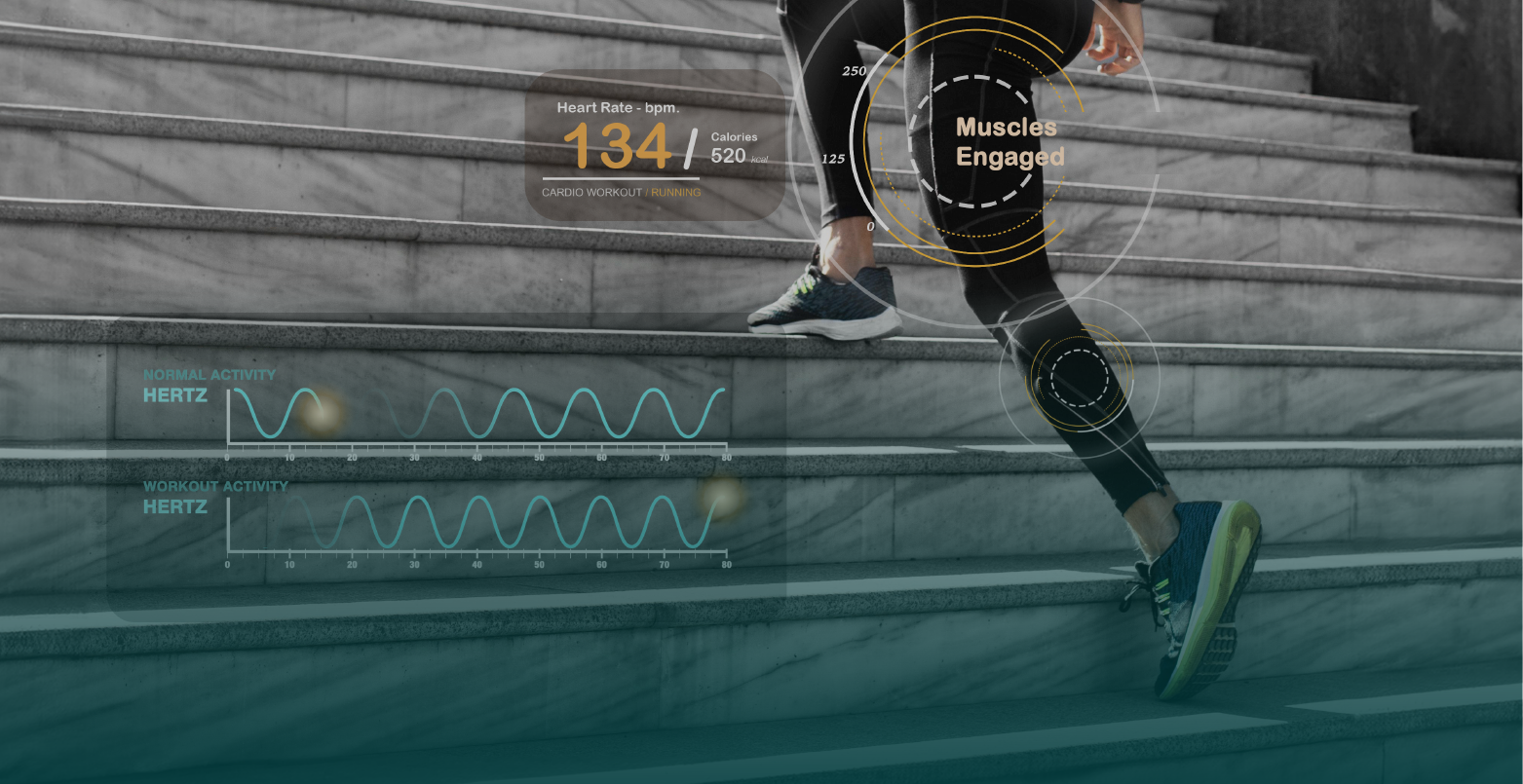
Before you start using AI for your training needs, here’s a simple guide to help you figure out when it can be helpful—and a few situations where you might want to steer clear of it.
AI Tools to Use with Caution in Training:
Meal Suggestions
A sports dietitian is still the best choice for personalized advice on how many calories and carbs you need, as well as the best foods to get them. However, if you already know what you need, AI can help you come up with meal and snack ideas.

Caution: While AI can be an excellent starting point for dietary advice, individual nutritional needs can vary widely. Factors like metabolism, pre-existing health conditions, and even cultural preferences might be overlooked in an AI-based nutrition plan. It’s crucial to consult with a registered dietitian or nutritionist before making drastic changes to your diet based solely on AI recommendations.
Time your use of AI right by asking these types of questions early in your training cycle, he suggests. Then you have time to test out multiple options and see what settles best for you.
Running Shoe Recommendations
AI has also made its way into the world of running shoe recommendations.

Fleet Feet offers a 3D Fit ID technology that scans your feet using AI. You simply stand on a tablet, and it measures things like your arch height, foot width, and weight distribution. Then, it recommends several shoes that might be a good fit for you.
Some apps, like Neatsy, use AI and your phone's camera to create a foot scan and suggest shoes for you. Even if you use Fit ID or an app, it's important to try on the shoes yourself and check online reviews to ensure they are a good fit before you buy them.
In an article by running shoe expert David W. Hughes, he says, “The issue with AI recommendations is that shoes are a personal choice. No matter how good the data is, comfort depends on your own experience and what feels good to you, which AI can't always guess.”
Device Suggestions
When it comes to devices used during running, AI can be a helpful tool for suggesting the right gear to match your needs, whether that’s a heart rate monitor or a running watch. Devices like these are essential for tracking your performance, heart rate, and overall health during training, and AI can recommend which ones best suit your running style and fitness level.

For example, the Coospo Heart Rate Monitor is a great option for runners looking to track their heart rate with precision. With Bluetooth and ANT+ compatibility, it easily syncs with your running apps and devices, helping you monitor your cardiovascular performance during your runs. It's perfect for athletes looking to maintain the right intensity level and avoid overtraining.
AI Tools to Use with Extra Caution:
Running Form Analysis
Some AI tools say they can help you improve your running by looking at videos or data from devices you wear. They can check things like how fast you take steps, your body position, and how long your strides are. They can also find any issues that might cause injuries. This is useful for runners who want to run better and stay injury-free.
While AI-powered video analysis can certainly point out potential issues, such as overstriding or poor posture, human intervention is often needed to fine-tune those insights.
Training Plans
AI-generated training plans, like those from ChatGPT, are made to tailor workouts to your goals, fitness level, and running background. They can change your mileage and intensity based on how you're doing, giving you a more personal training experience.
Extra Caution: AI training plans are based on data patterns, but they may not fully account for external factors like stress, sleep quality, or mental fatigue that affect your performance. Relying solely on AI-generated plans may lead to overtraining, as the system could push you harder than you can handle without human judgment.
Dr. Joe Friel, an expert in endurance training, highlights, “AI can help structure a program, but it cannot replace the intuition and experience of a coach who can adjust based on how you’re feeling each day.” An AI-driven plan may not account for factors like work-life balance, life stresses, or minor injuries, and it could overlook the importance of recovery days and mental rest.
When to Avoid AI in Running Training:
Personal Coaching
Artificial Intelligence does not possess the capacity for true thought; rather, it offers responses based solely on the information provided to it. In contrast, a coach embodies empathy and engagement, consistently inquiring about your well-being and the condition of your body. Their goal is to understand you as a runner on a deeper level—an experience that AI simply cannot replicate.

Matt Fitzgerald, a coach and author, emphasizes that AI can't take the place of human coaches. Training isn't only about the figures; it's also about understanding what those figures mean and how they relate to the emotional and psychological parts of performance.
A good coach may also pick up on the fact that you’re emotionally stressed or know that you had a super busy work week that you’re not taking into account—and help you adapt your plan accordingly. There’s just so many things that are so human that you’ll never be able to get out of a robot.
Injury Diagnosis
AI tools have been created to study injuries using data from wearables, activity trackers, and MRI scans. However, diagnosing injuries needs a strong knowledge of body anatomy, movement patterns, and the details of how each injury develops over time.
AI can help spot patterns and warn runners about possible risks, but it can't take the place of a licensed healthcare professional who can do a hands-on check.
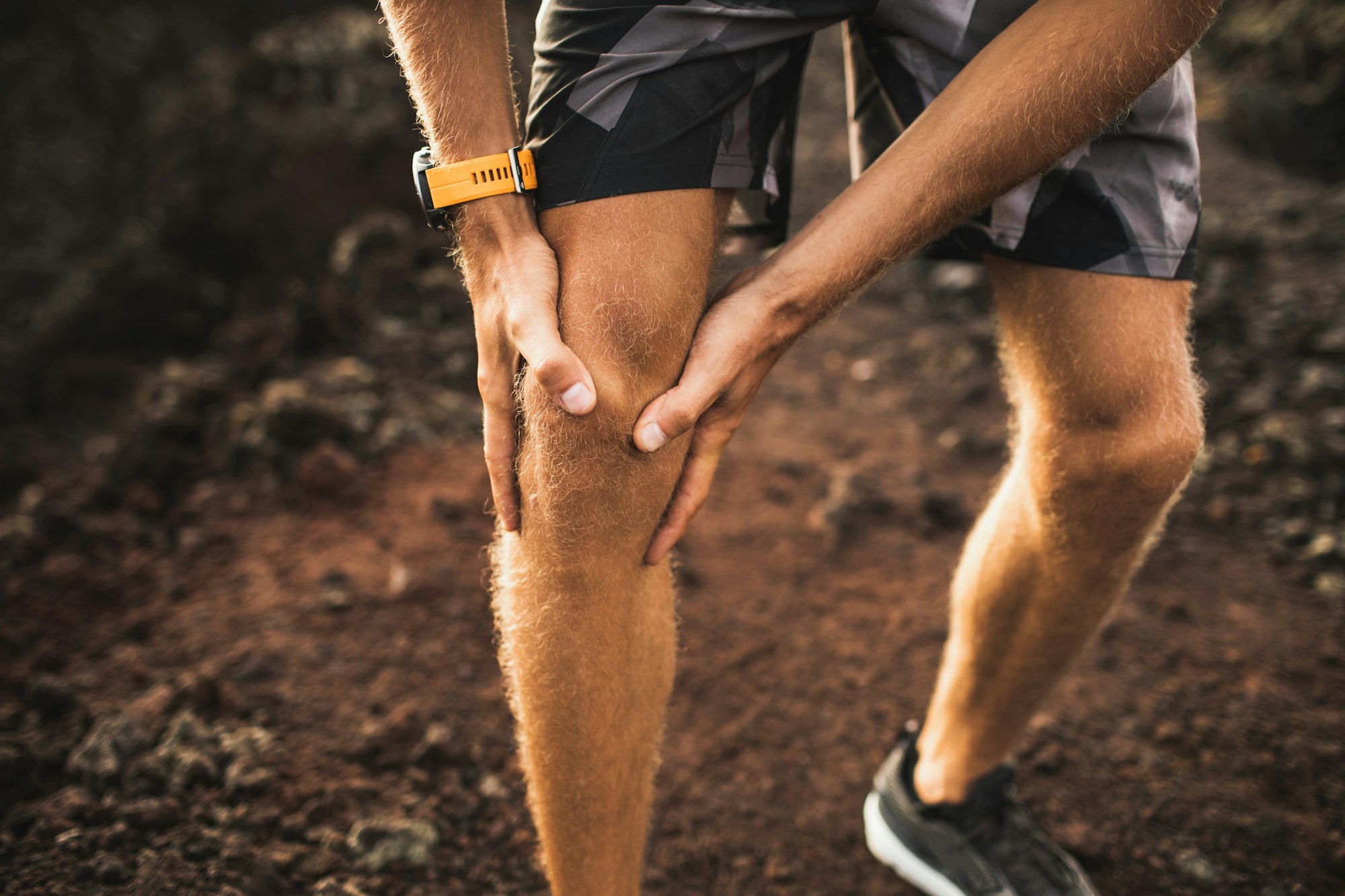
Dr. David Geier, an orthopedic surgeon, advises, “Relying on AI to diagnose injuries could be dangerous, as it doesn’t take into account the full picture of a patient’s history or the specifics of their injury. Always consult a healthcare provider for injury diagnosis and treatment.”
Remember, AI is a tool, not a replacement. Use it wisely, and don’t forget the invaluable guidance of experienced coaches and healthcare professionals on your running journey.



